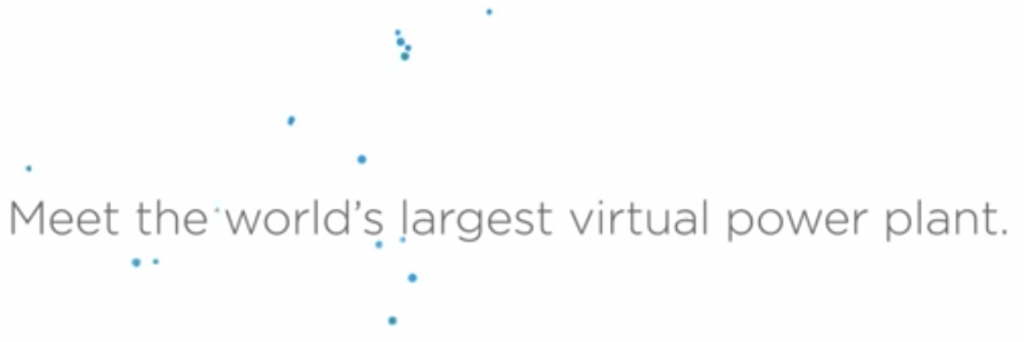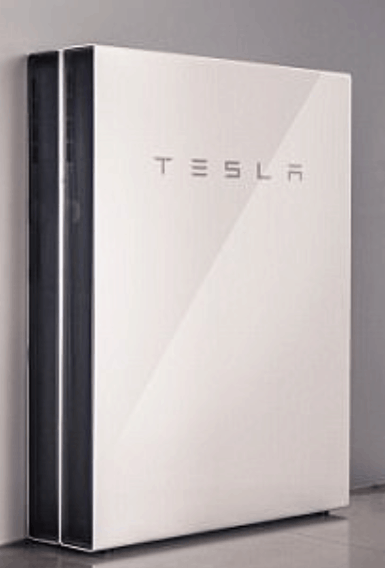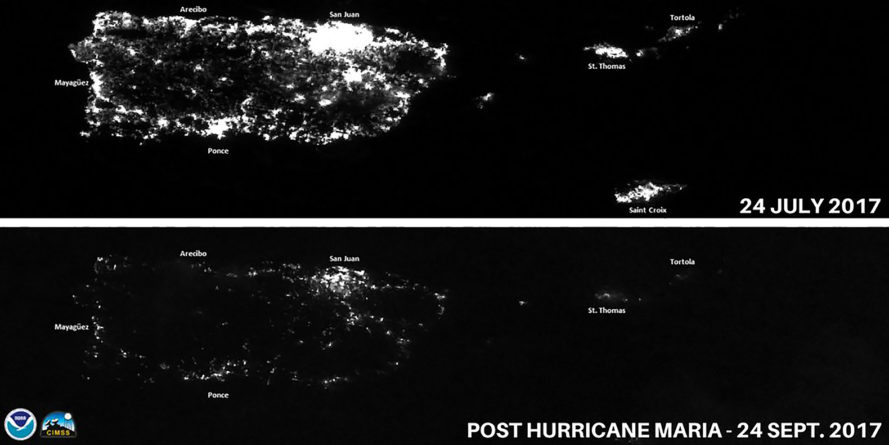Tesla’s South Australian Virtual Power Plant has begun deployment, with the first 100 Powerwalls combined with a 5kW solar array rolling out across a group of South Australian households this month. This rollout is in conjunction with the Household Storage Subsidy Scheme in South Australia.
South Australian Virtual Power Plant

Housing SA are working with Tesla to install the distributed Powerwall tech which is going to start with a focus on public housing and will end up with arrays and Powerwalls/other batteries (read on to learn about the Household Storage Subsidy Scheme) on up to 50,000 homes.
Another 1,000 South Australian households will have the Tesla batteries installed before July 2019, but potentially ‘in a few weeks’, according to Electrek. Lots of different figures floating around right now so we’ll update you as we hear more.
It’s actually quite similar to the 100MW / 129MWh Powerpack project in that the whole system will help stabilise the grid and provide a strong baseload of power so we don’t see the blackout issues South Australia suffered through in 2016. In this case it’s not one big project, however – many homes working together will decrease cost of electricity and ensure grid stability improves (and continues to).
There’s also a separate scheme for other battery subsidies – underwritten by the $100 million Household Storage Subsidy Scheme. The push to help renters and low-income earners enjoy the benefits of solar has been fantastic and we’re excited to see some stats and results after the estimated 40,000 SA households receive on average $2,500 each. Please note that this particular scheme is for people who already have solar power installed and want energy storage as well and is not related to the Tesla virtual power plant.
You can watch a video Tesla released about the South Australian Virtual Power Plant – it’ll explain what the plan is and what we can expect to see next from SA and Tesla!
There’s also a video on Twitter from Nine News Adelaide where the current (Liberal) SA state government seem happy to take credit for this scheme (which was totally organised under the previous (Labor) government). Bit of an eye-roll, but then again it’s par for the course for our beloved Australian politicians.
Regardless of that, the tenant in this video had a $500+ bill for electricity every quarter, which has been reduced to $175 since having the solar system installed. So those are some fantastic numbers!
There’s finally some power bill relief for a group of south Australians with 100 public houses having solar panels and batteries installed as part of a plan to build the world’s largest virtual powerplant. #9News pic.twitter.com/GQvoGM1VYx
— Nine News Adelaide (@9NewsAdel) July 15, 2018





